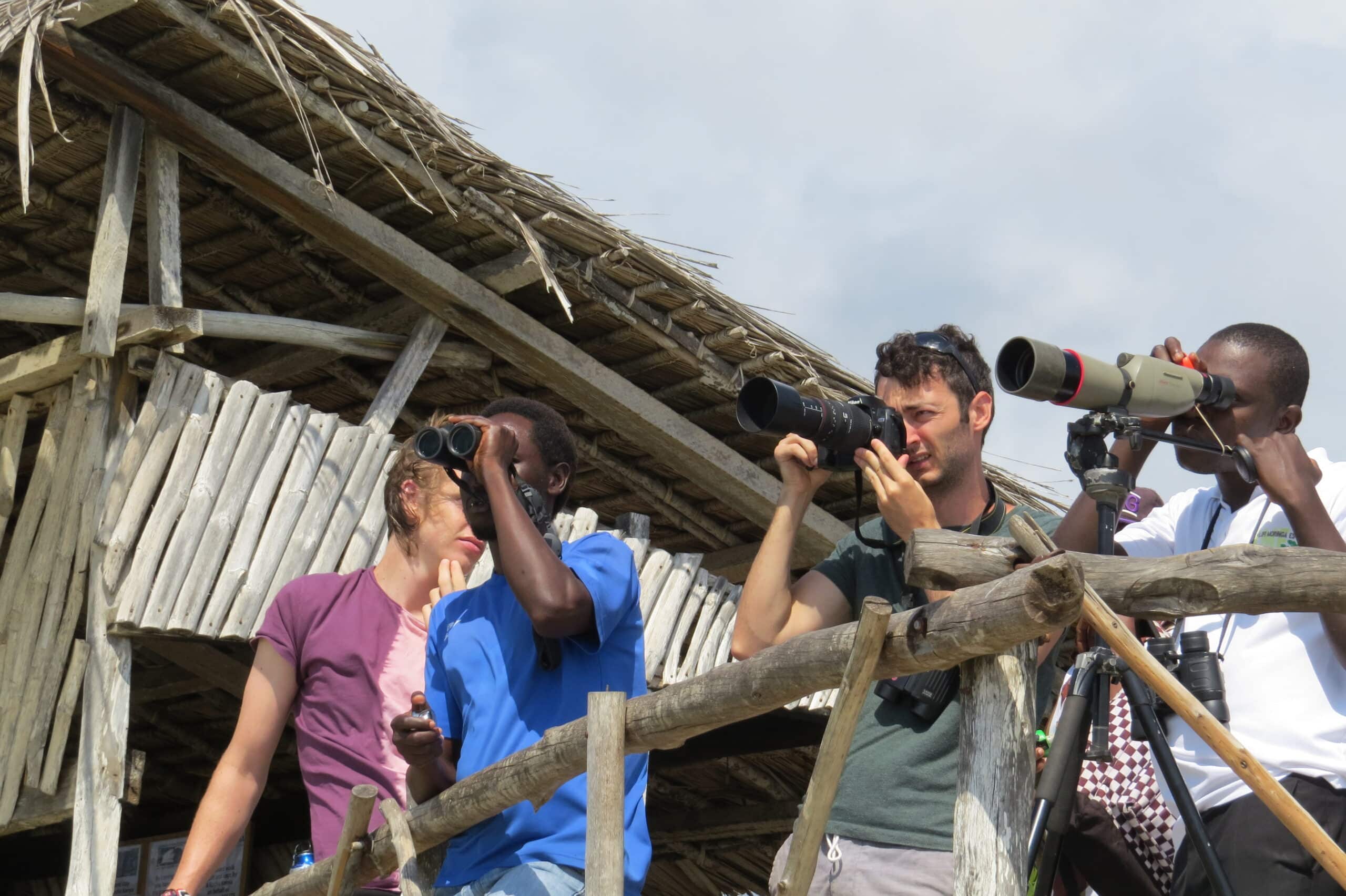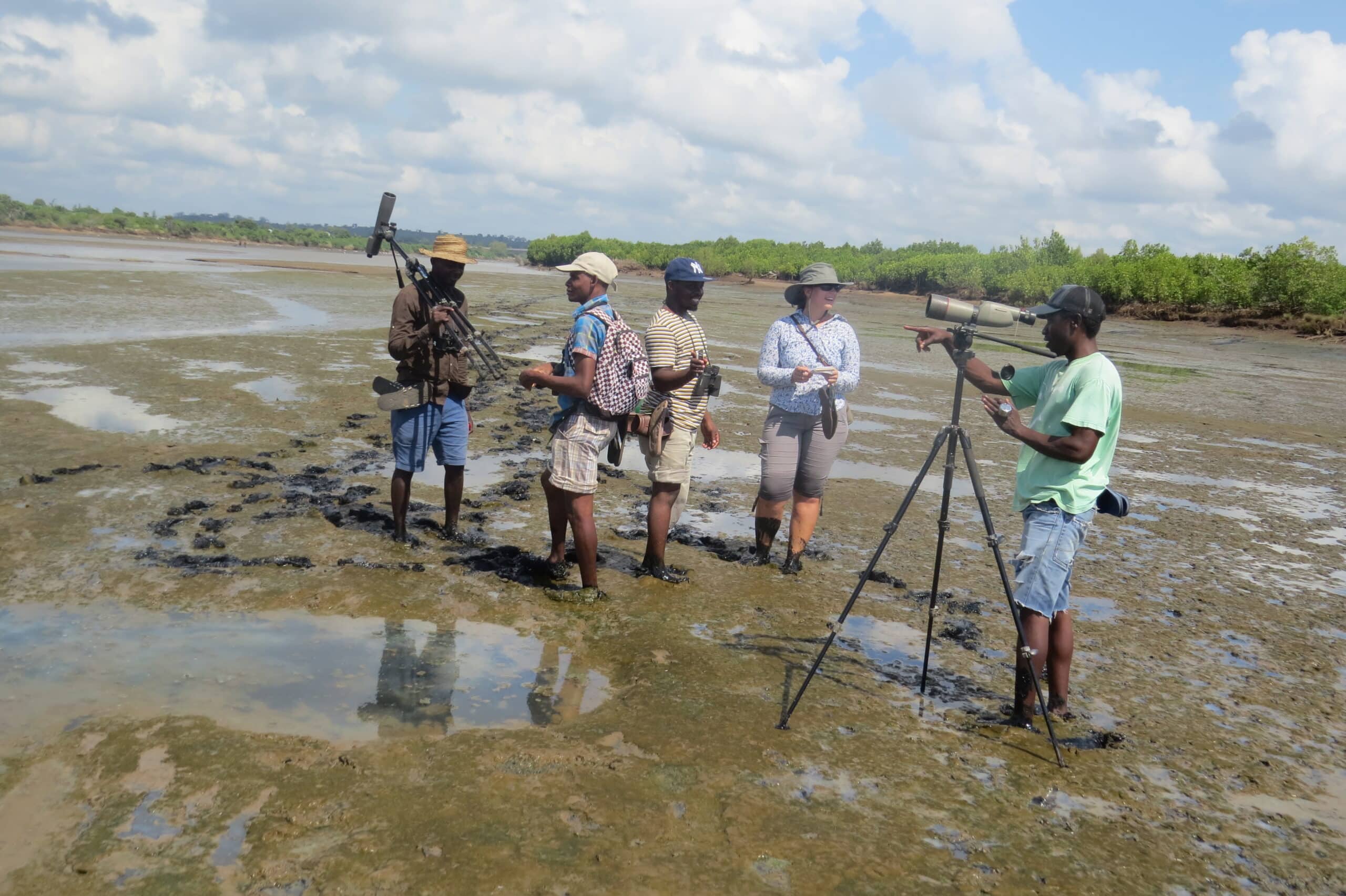Bird Counting: Monitoring Avian Populations
Bird counting, also known as bird surveys or bird censuses, involves systematically recording the number of bird species and individuals within a specific area. This data provides valuable insights into:
- Population Trends: Tracking changes in bird populations over time.
- Species Distribution: Identifying the habitats where different bird species are found.
- Habitat Health: Assessing the impact of environmental changes on bird communities.
- Biodiversity Monitoring: Understanding the overall health of the ecosystems.
Waterbirds, also known as Waders, play a pivotal role in telling a story about the state of an ecosystem. Their populations, when well tracked, provide a wealth of insights into the effects of factors like Climate change, over-exploitation of resources, and destruction of habitat. For example, the shrinking of water bodies due to unreliable rains will automatically lead to a decrease in the number of waders (counted). Understanding this role is crucial for our conservation efforts and underscores the importance of our work.
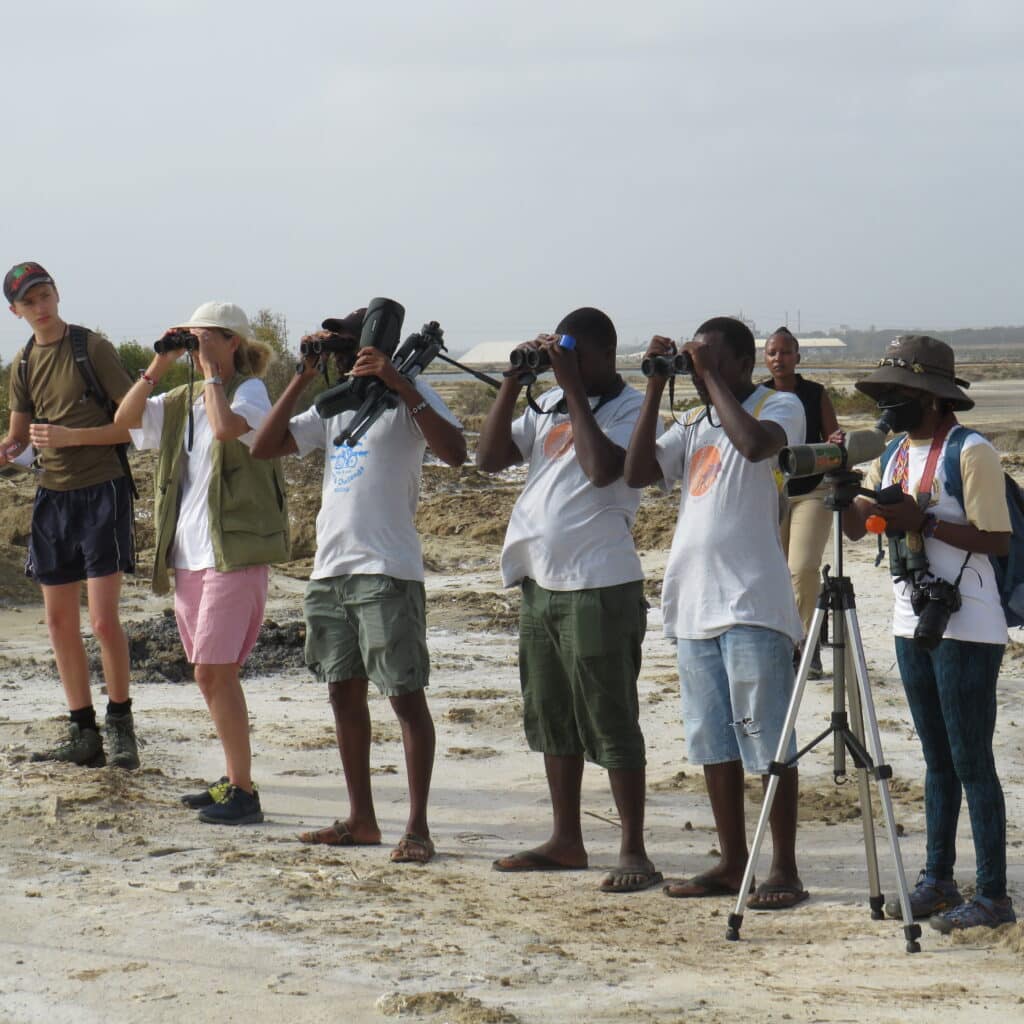
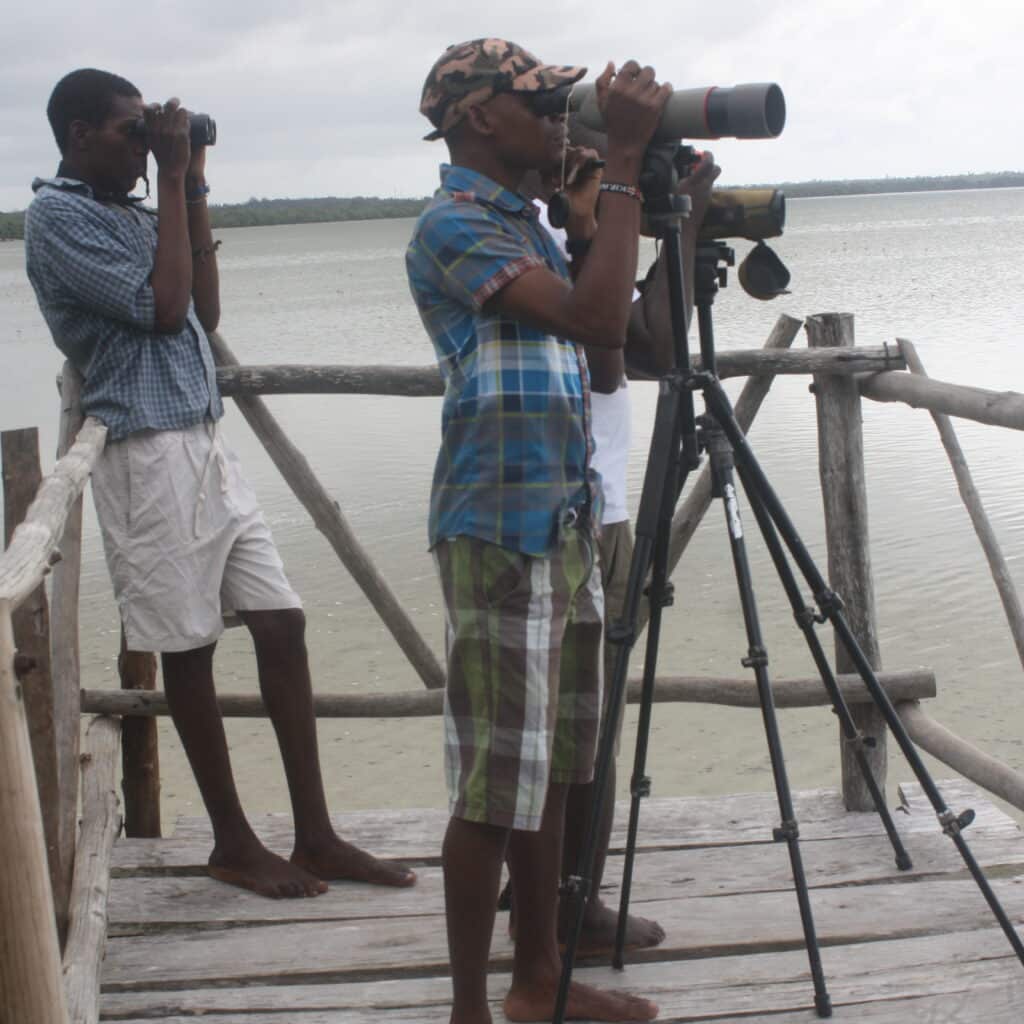
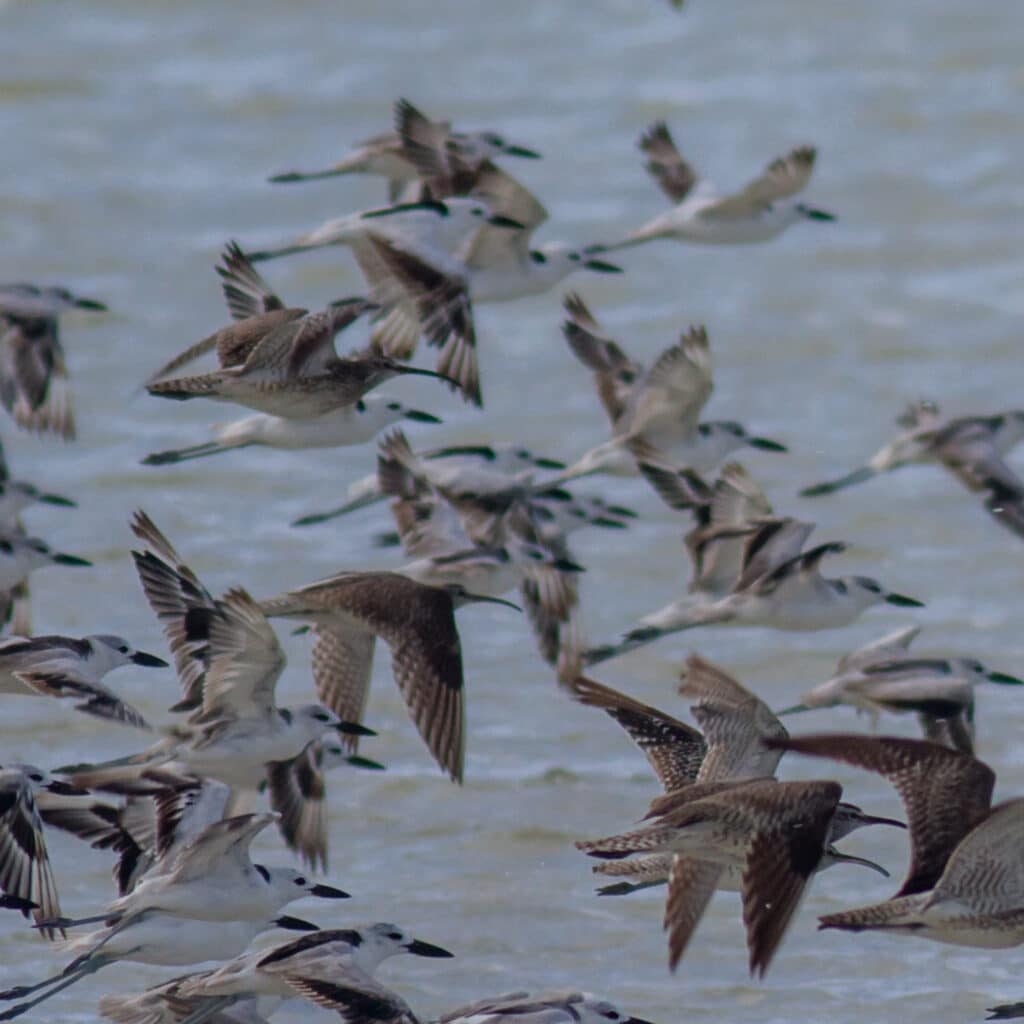
Our Key activities
At A Rocha Kenya, bird counting is a vital tool for monitoring avian populations and assessing the health of our terrestrial ecosystems. By conducting regular bird counts in key habitats like the Mida-Creek and Sabaki River Mouth, we gather essential data to inform our conservation strategies.
The Annual Waterbird Counts
A Rocha Kenya actively participates in the annual waterbird counts, also known as wader counts. These counts are a vital part of a larger international effort to track waterbird populations and inform conservation strategies.
The National Museums of Kenya leads a waterbird census for the entire country each year. A Rocha Kenya organizes the North Coast counts from Watamu to the Tana River Delta, covering seasonal wetlands, sections of coastline, and some salt pans that hold large numbers of waders.
These counts typically take place in January each year, coinciding with the peak period for migratory waterbirds in the region. This allows for the monitoring of both resident and migrant species.
How are the Counts Conducted?
Our dedicated team and volunteers conduct these counts through careful observation and identification of waterbirds in their natural habitats. The methods used may include:
- Direct observation: Using binoculars and telescopes to identify and count birds.
- Point counts: Recording birds from fixed locations.
- Transect surveys: Walking or boating along predetermined routes to count birds.
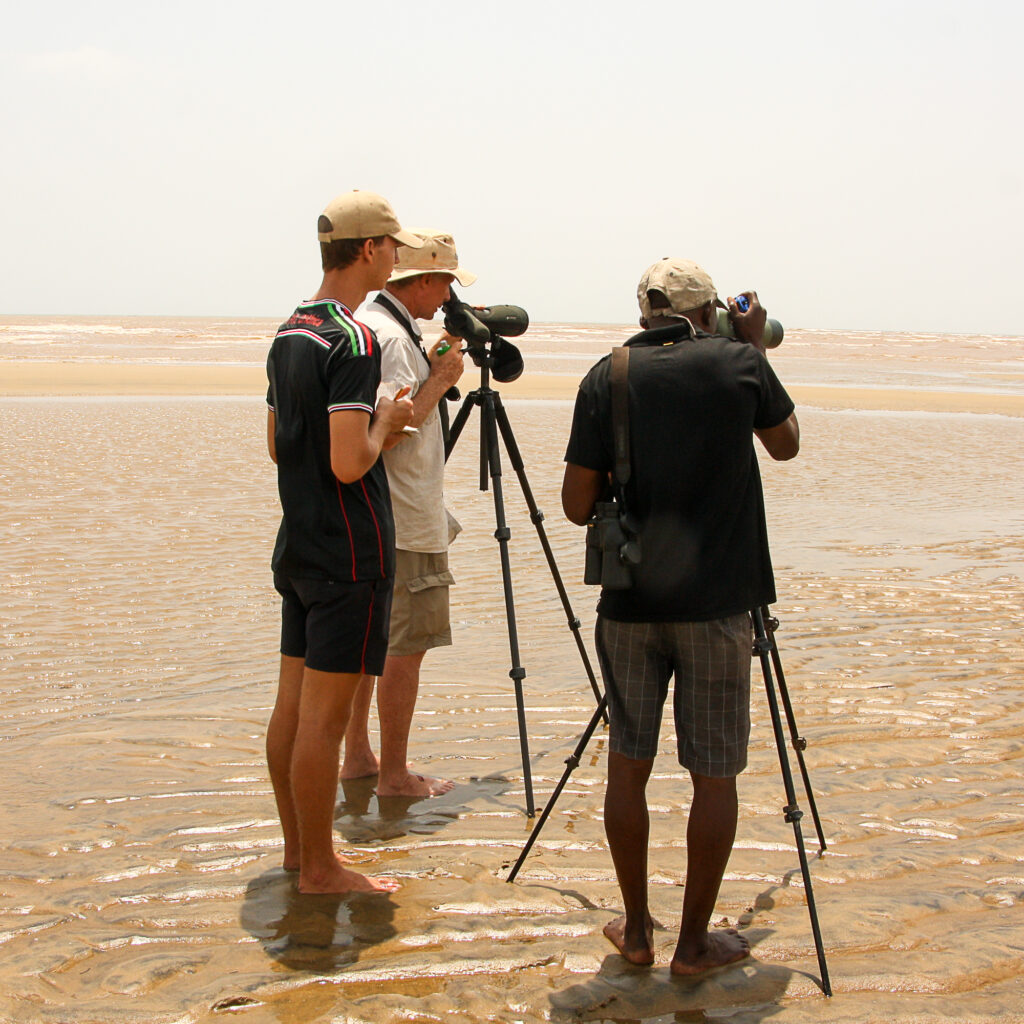

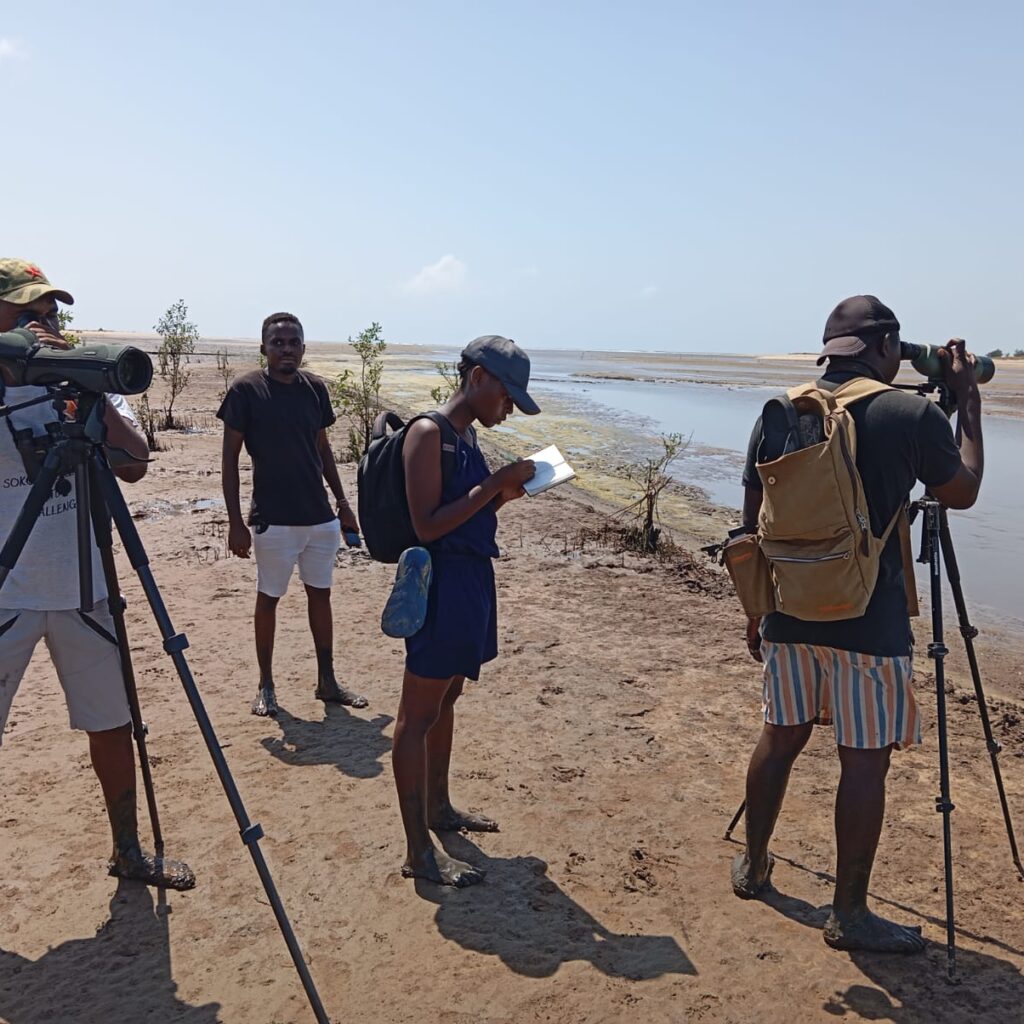
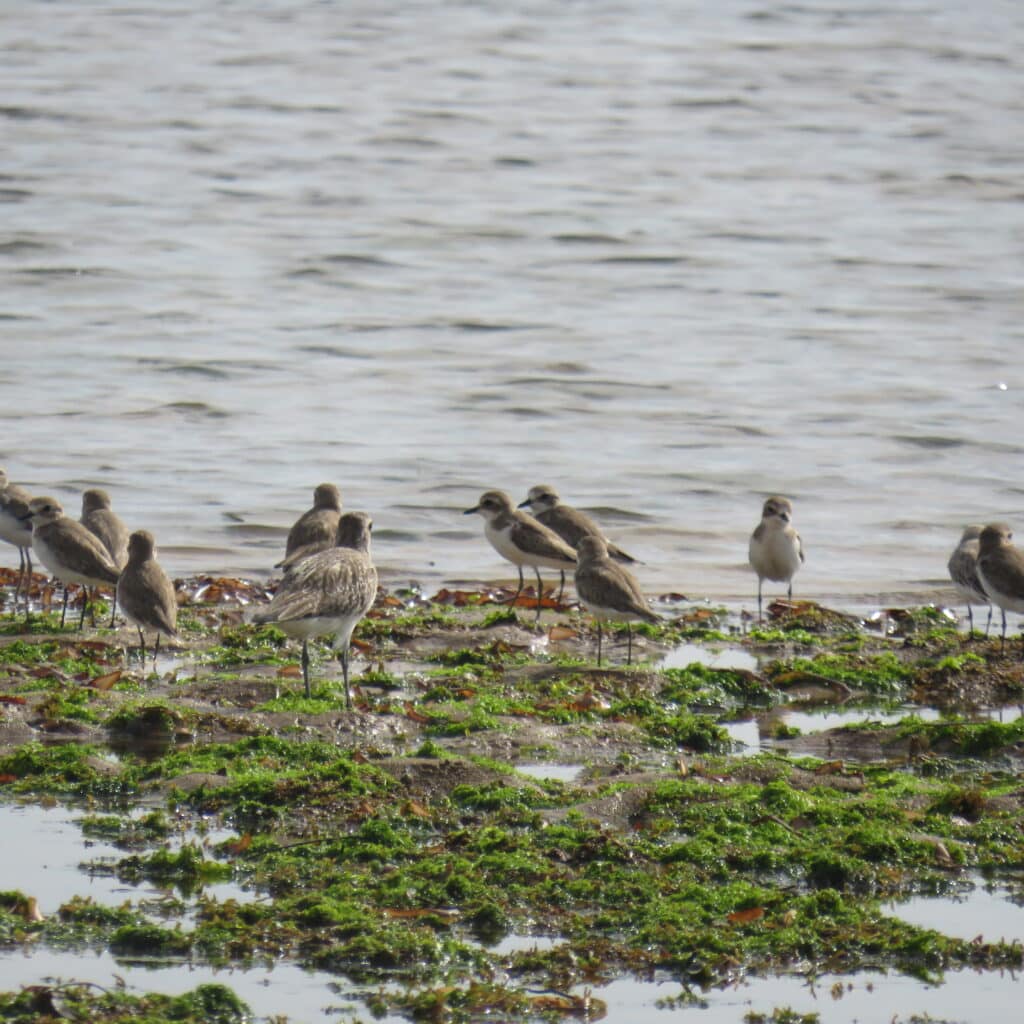
Monthly Counts at Mida-Creek and Sabaki
These monthly counts involve systematically surveying and recording bird species and numbers within designated areas of Mida Creek and the Sabaki River Estuary. Unlike the annual waterbird counts, these are done every month of the year to provide a more consistent data set. These counts are essential for:
- Tracking regular population changes: Seeing how bird numbers fluctuate throughout the year.
- Monitoring habitat health: Using birds as indicators of the overall health of the wetlands.
- Identifying seasonal trends: Understanding how bird species respond to changing environmental conditions.
- Early detection of issues: Quickly notice any concerning changes in bird populations.
Why Mida Creek and Sabaki River Estuary?
- Mida Creek: This tidal inlet is a vital habitat for a diverse range of waterbirds, including resident and migratory species. Its varied habitats, including mangroves, mudflats, and open water, support a rich avian community.
- Sabaki River Estuary: This estuary is a significant area for waterbirds, especially during migration. The confluence of the Sabaki River and the Indian Ocean creates a dynamic environment that provides essential feeding and resting areas.
Purpose of the Monthly Counts
- Long-Term Monitoring: These counts contribute to long-term datasets that track bird population trends and habitat changes.
- Conservation Management: The data collected informs conservation management decisions and helps to prioritize conservation actions.
- Scientific Research: The counts provide valuable data for scientific research on bird ecology and wetland ecosystems.
- Public Awareness: These counts can also be used to educate the public on the importance of these wetland areas.
